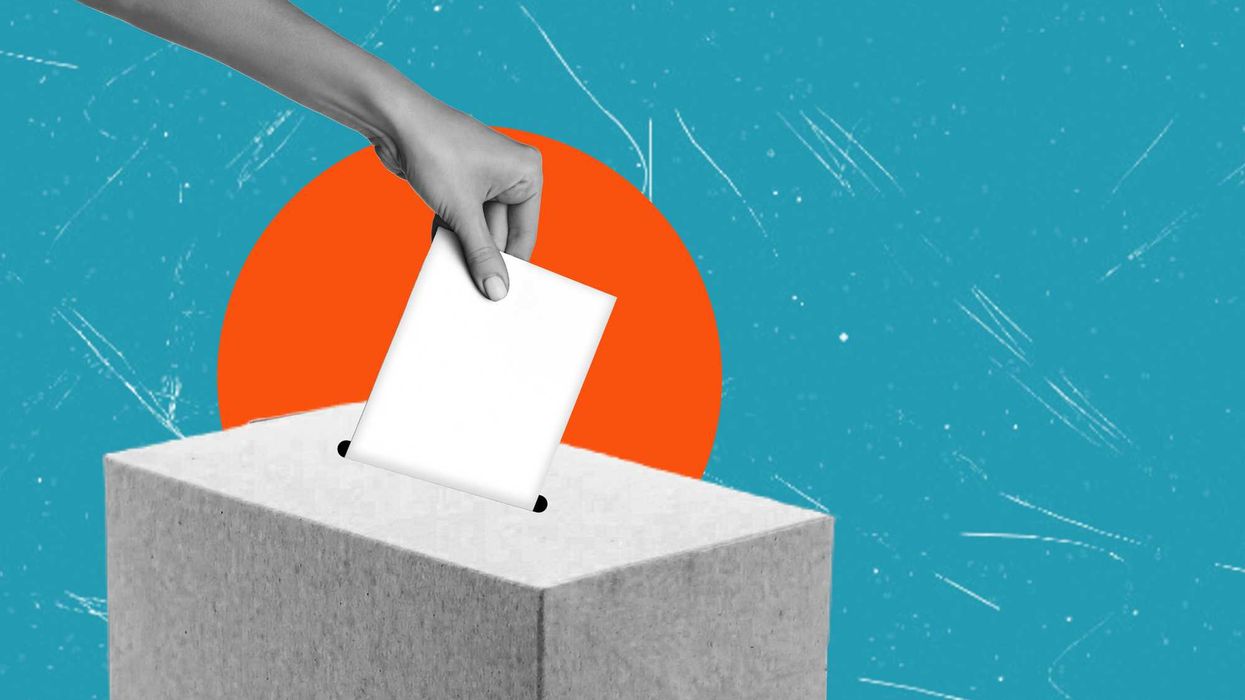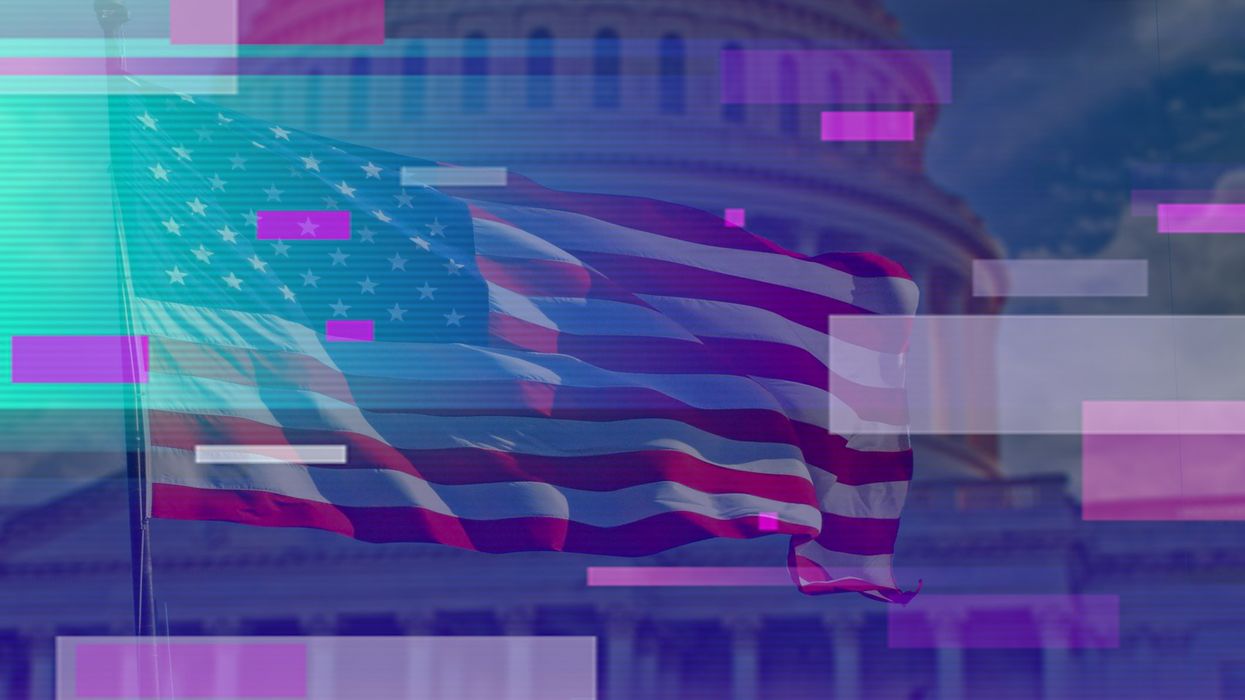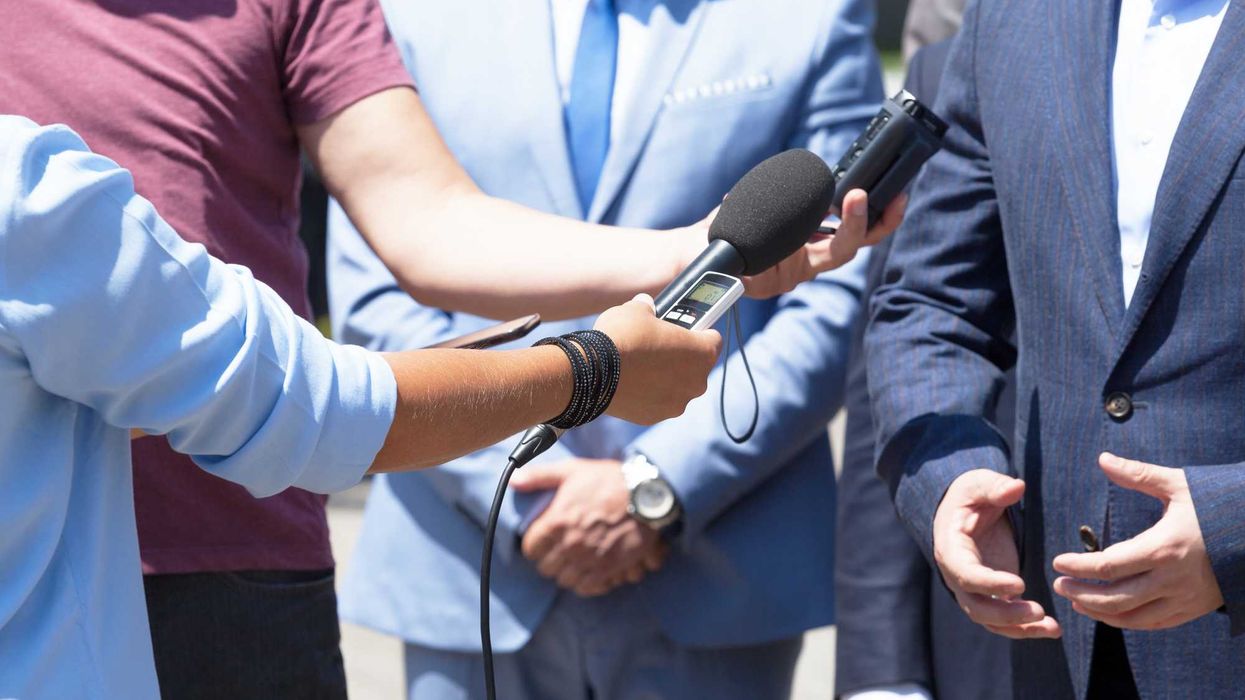A cornerstone of conservative philosophy is that policy decisions should generally be left to the states. Apparently, this does not apply when the topic is artificial intelligence (AI).
In the name of promoting innovation, and at the urging of the tech industry, Congress quietly included in a 1,000-page bill a single sentence that has the power to undermine efforts to protect against the dangers of unfettered AI development. The sentence imposes a ten-year ban on state regulation of AI, including prohibiting the enforcement of laws already on the books. This brazen approach crossed the line even for conservative U.S. Representative Marjorie Taylor Greene, who remarked, “We have no idea what AI will be capable of in the next 10 years, and giving it free rein and tying states' hands is potentially dangerous.” She’s right. And it is especially dangerous for children.
We are already beginning to see the consequences for our children of the uninhibited, rapid, and expansive growth of AI. One clear example is the proliferation of deepfake nudes— AI-generated images that depict real people in sexually explicit scenarios. Too often, these “real people” are children. A recent survey revealed that 1 in 8 teens report knowing a peer who has been the target of deepfake nudes. The American Academy of Pediatrics warns that these child victims can experience emotional distress, bullying, and harassment, leading to self-harm and suicidal ideation.
AI is also being used to create pornographic images of real children to share in pedophilic forums or exploit children in “sextortion” schemes. In 2024, the national CyberTipline received more than 20.5 million reports of online child exploitation, representing 29.2 million separate incidents. Each of these incidents involves images that can be shared over and over. The initial harm can be devastating, and the continued trauma unbearable.
Chatbots present another alarming threat. From a 9-year-old child exposed to “hypersexualized content” to a 17-year-old encouraged to consider killing his parents, these AI-powered companions are emotionally entangling children at the expense of their mental health and safety. The American Psychological Association (APA) has expressed “grave concerns” about these unregulated technologies. The APA cites the case of a fourteen-year-old Florida boy who had developed an “emotionally and sexually abusive relationship” with an AI chatbot. In February 2024, he shot himself following a conversation in which the bot pleaded with him to “come home to me as soon as possible.” The current lack of safeguards around AI has life-and-death consequences.
Despite widespread concern about the risks of AI, there is still no comprehensive federal framework governing it. While the technology evolves at breakneck speed, federal policymakers are moving at a glacial pace. That is why much of the work to protect children has been done by state legislatures. Many states—both red and blue—have stepped up. California and Utah have passed laws to limit algorithmic abuse, require transparency, and provide innovative legal tools to protect children online. This year, states as diverse as Montana, Massachusetts, Maine, and Arizona have introduced, and in some cases already enacted, provisions to protect children from AI-related harms. These are not fringe efforts. They are practical, bipartisan attempts to regulate an industry that has demonstrated, time and again, that it will not effectively police itself.
Despite these bipartisan state efforts, Congress appears poised to halt and undo all progress aimed at keeping children safe. On June 5, Senate Republicans, recognizing that the original ban likely wouldn’t survive Senate rules, got creative. Instead of an outright moratorium, their version ties access to critical broadband funding to a state's willingness to halt any regulation of AI. That means states trying to shield children from AI-driven harm could lose out on the infrastructure dollars needed to connect underserved communities, like low-income and rural communities, to high-speed internet. It’s a cynical use of power: forcing states to choose between protecting children and connecting their most vulnerable communities to a vital resource.
Congress must abandon its pursuit of pleasing tech companies at the cost of child safety. At a minimum, Congress should strike this harmful, deeply flawed provision from the reconciliation bill. Children’s lives depend on it. If Congress wishes to play a constructive role, it should work toward setting a federal floor of protection while preserving states’ authority to go further. Very often, the best solutions to national problems come from experimentation and innovation within states. This is especially likely to be true in the complex and often confounding realm of emerging and rapidly developing technology. Allowing states—the “laboratories of democracy”—to take bold action to address the concerns of parents, children, and their communities may be the most efficient and effective way to make progress. We need Congress to work alongside and learn from state lawmakers in this endeavor, rather than standing in their way.
Jessica K. Heldman is a Fellmeth-Peterson associate professor in child rights and Melanie Delgado is a senior staff attorney at the Children’s Advocacy Institute at the University of San Diego School of Law.


















A deep look at how "All in the Family" remains a striking mirror of American politics, class tensions, and cultural manipulation—proving its relevance decades later.
All in This American Family
There are a few shows that have aged as eerily well as All in the Family.
It’s not just that it’s still funny and has the feel not of a sit-com, but of unpretentious, working-class theatre. It’s that, decades later, it remains one of the clearest windows into the American psyche. Archie Bunker’s living room has been, as it were, a small stage on which the country has been working through the same contradictions, anxieties, and unresolved traumas that still shape our politics today. The manipulation of the working class, the pitting of neighbor against neighbor, the scapegoating of the vulnerable, the quiet cruelties baked into everyday life—all of it is still here with us. We like to reassure ourselves that we’ve progressed since the early 1970s, but watching the show now forces an unsettling recognition: The structural forces that shaped Archie’s world have barely budged. The same tactics of distraction and division deployed by elites back then are still deployed now, except more efficiently, more sleekly.
Archie himself is the perfect vessel for this continuity. He is bigoted, blustery, reactive, but he is also wounded, anxious, and constantly misled by forces above and beyond him. Norman Lear created Archie not as a monster to be hated (Lear’s genius was to make Archie lovable despite his loathsome stands), but as a man trapped by the political economy of his era: A union worker who feels his country slipping away, yet cannot see the hands that are actually moving it. His anger leaks sideways, onto immigrants, women, “hippies,” and anyone with less power than he has. The real villains—the wealthy, the connected, the manufacturers of grievance—remain safely and comfortably offscreen. That’s part of the show’s key insight: It reveals how elites thrive by making sure working people turn their frustrations against each other rather than upward.
Edith, often dismissed as naive or scatterbrained, functions as the show’s quiet moral center. Her compassion exposes the emotional void in Archie’s worldview and, in doing so, highlights the costs of the divisions that powerful interests cultivate. Meanwhile, Mike the “Meathead” represents a generation trying to break free from those divisions but often trapped in its own loud self-righteousness. Their clashes are not just family arguments but collisions between competing visions of America’s future. And those visions, tellingly, have yet to resolve themselves.
The political context of the show only sharpens its relevance. Premiering in 1971, All in the Family emerged during the Nixon years, when the “Silent Majority” strategy was weaponizing racial resentment, cultural panic, and working-class anxiety to cement power. Archie was a fictional embodiment of the very demographic Nixon sought to mobilize and manipulate. The show exposed, often bluntly, how economic insecurity was being rerouted into cultural hostility. Watching the show today, it’s impossible to miss how closely that logic mirrors the present, from right-wing media ecosystems to politicians who openly rely on stoking grievances rather than addressing root causes.
What makes the show unsettling today is that its satire feels less like a relic and more like a mirror. The demagogic impulses it spotlighted have simply found new platforms. The working-class anger it dramatized has been harvested by political operatives who, like their 1970s predecessors, depend on division to maintain power. The very cultural debates that fueled Archie’s tirades — about immigration, gender roles, race, and national identity—are still being used as tools to distract from wealth concentration and political manipulation.
If anything, the divisions are sharper now because the mechanisms of manipulation are more sophisticated, for much has been learned by The Machine. The same emotional raw material Lear mined for comedy is now algorithmically optimized for outrage. The same social fractures that played out around Archie’s kitchen table now play out on a scale he couldn’t have imagined. But the underlying dynamics haven’t changed at all.
That is why All in the Family feels so contemporary. The country Lear dissected never healed or meaningfully evolved: It simply changed wardrobe. The tensions, prejudices, and insecurities remain, not because individuals failed to grow but because the economic and political forces that thrive on division have only become more entrenched. Until we confront the political economy that kept Archie and Michael locked in an endless loop of circular bickering, the show will remain painfully relevant for another fifty years.
Ahmed Bouzid is the co-founder of The True Representation Movement.